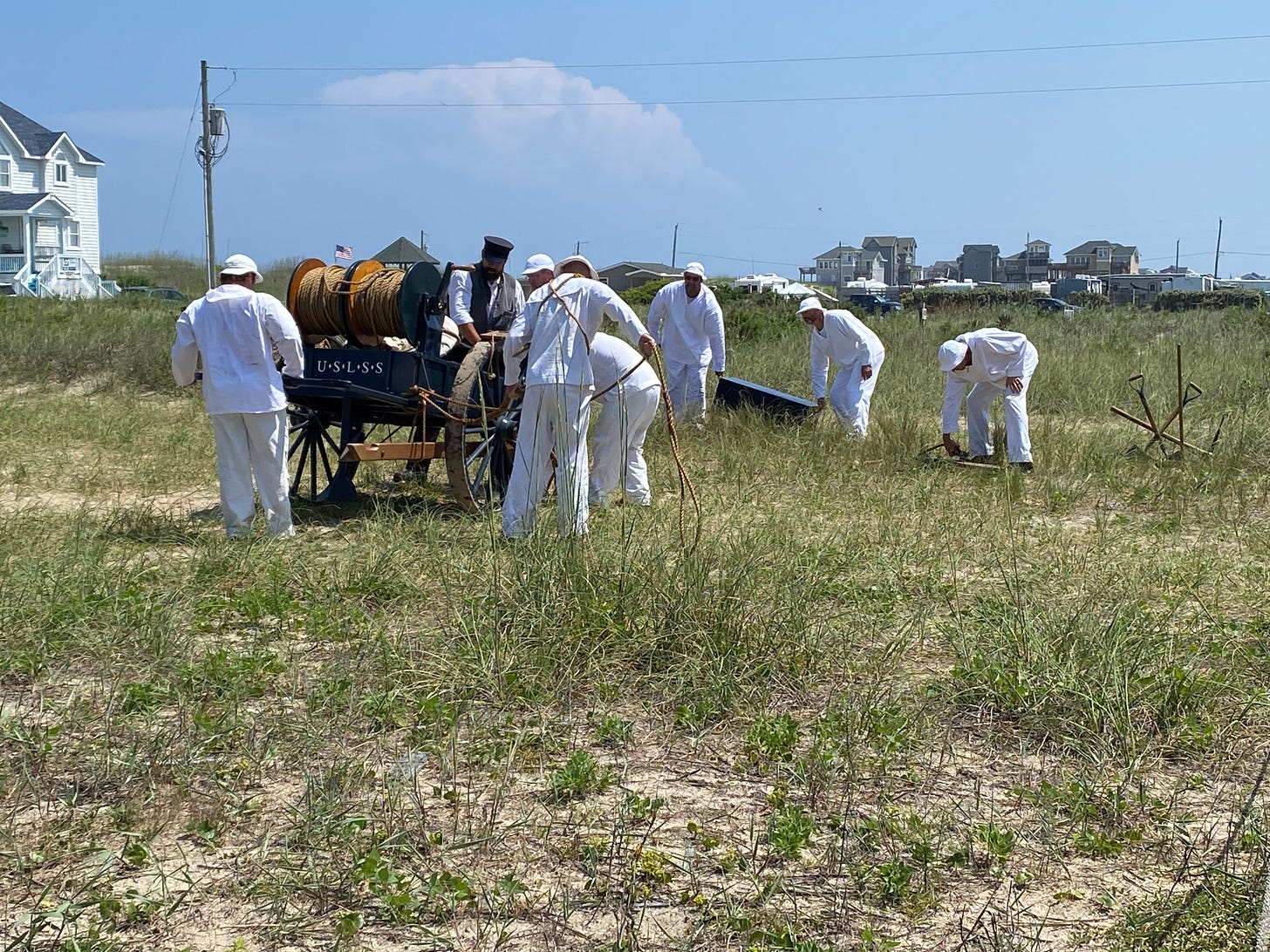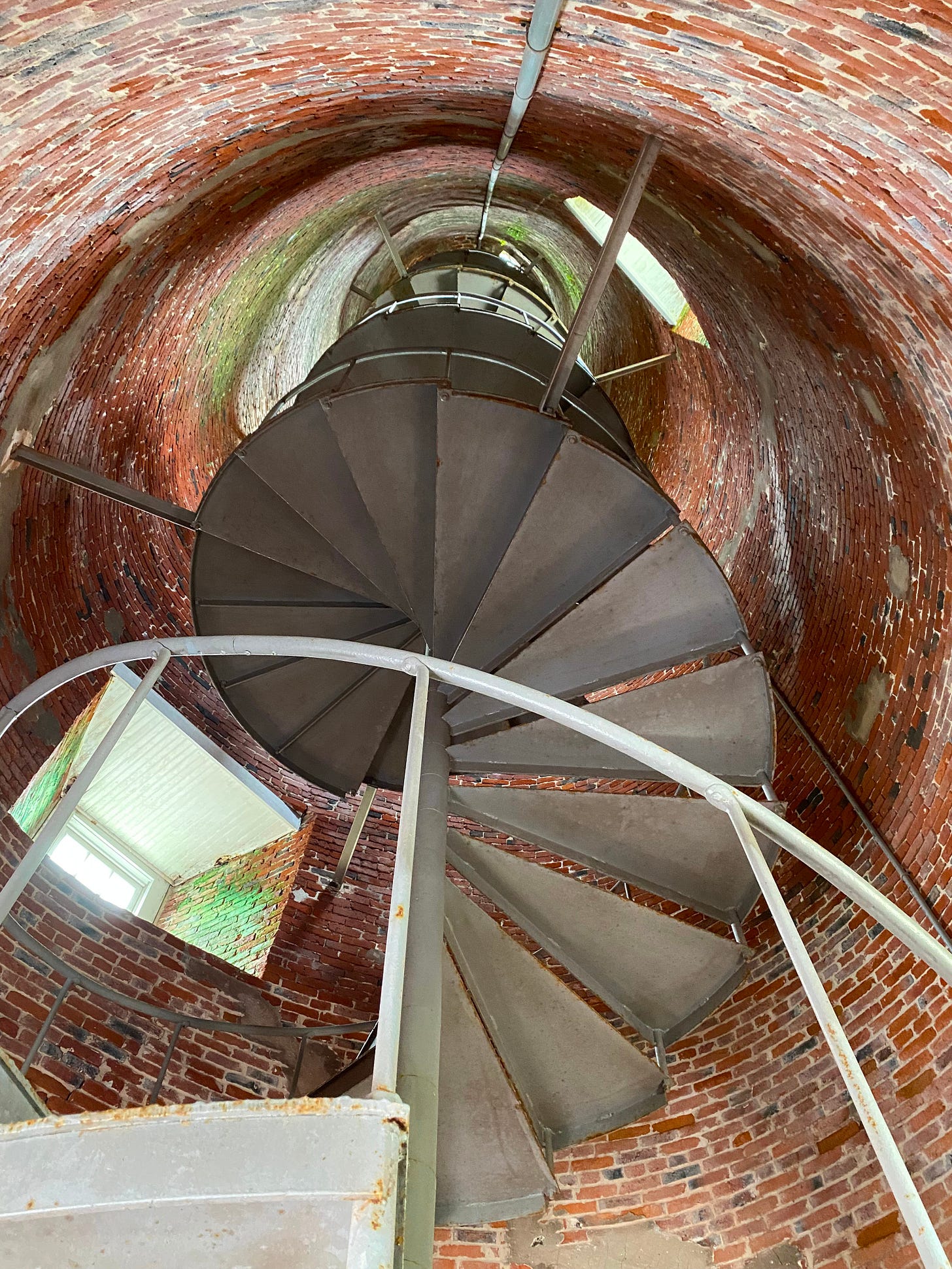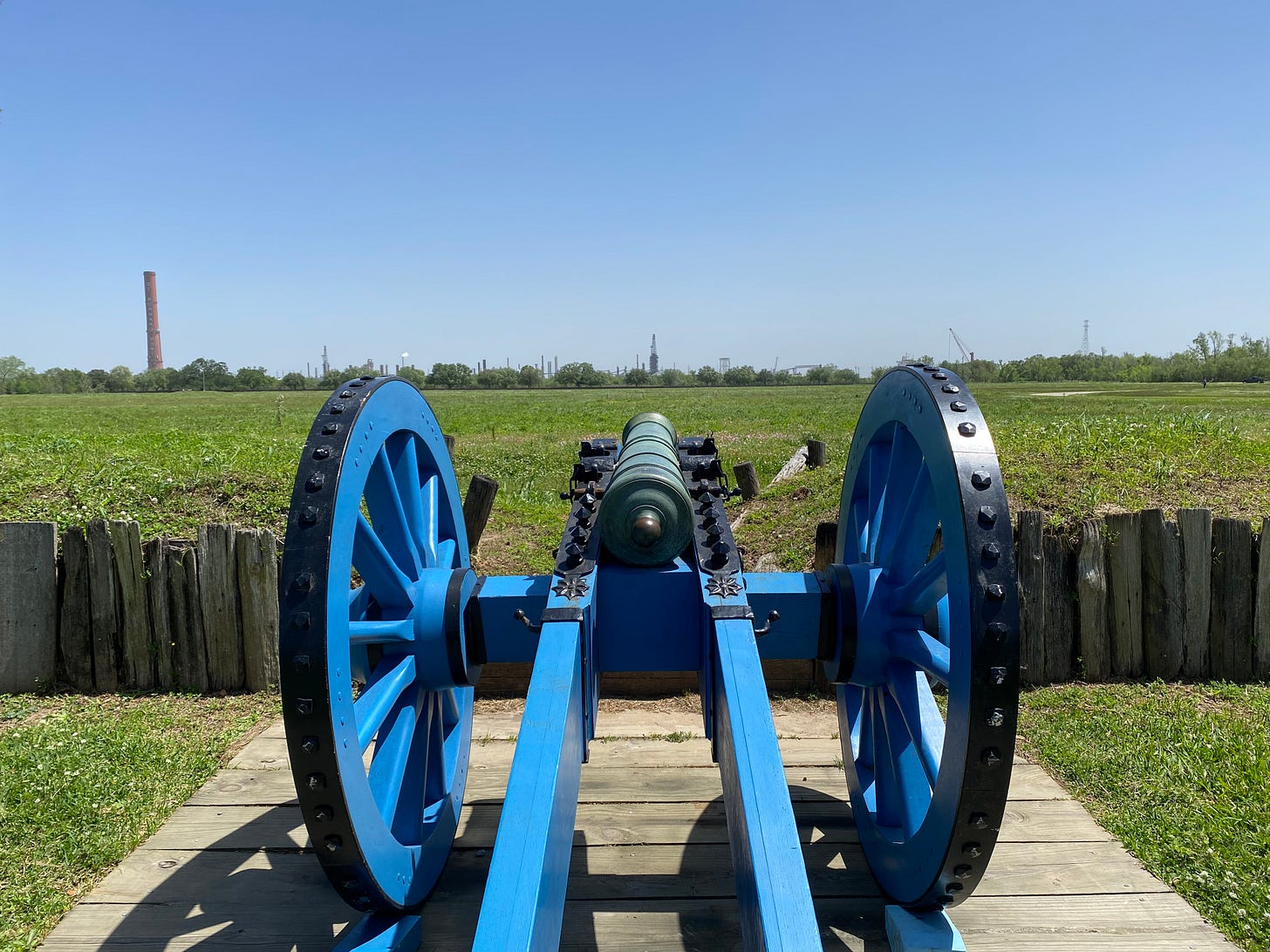
It’s summer and everyone is taking trips and vacations. Hopefully your trip includes a visit to one of the over 35,000 historic sites, museums, landmarks, and monuments across the United States. No matter where we went, my family always made it a point to visit some cultural sites on our vacations, and they were often the hidden highlights of the trip.
If you haven’t planned a visit to a historic site, it can be quite daunting. Will we have to buy tickets? What if one of the kids touches something that they shouldn’t? Will our family actually like something that isn’t mini-golf or another tourist trap? This guide will hopefully help you to make the jump and walk in the footsteps of history.
Step 1: Check and see what sites are close to where you are going
There are very few people who want to plan a whole road trip focused only on historic sites (although if you are reading this, chances are that you are that type of person!). Instead of planning a whole vacation around historic sites, just look at the place that you are going and see what cultural sites there are around it. You might find an amazing museum, stately lighthouse, or cool fort at your family’s favorite vacation spot. This will give your family some consistency while also introducing them to our nation’s story.

Step 2: Check the website
Everyone has a website these days, and historic sites are no exception. When doing your vacation planning, check out the website for the site you would like to visit. Now not every website will be top tier, but they will have the basic information that everyone needs to know (hours of operation, ticket availability, bathrooms, photo policy, food availability, gift shop, phone numbers in case you have more questions). The website will also give you an idea of how big the place is, so you can plan accordingly.
This is also a good time to see who owns the site that you are visiting. Why is this important? Because it will help you better understand what to expect when you get there. Is the site owned by the city and staffed with volunteers on Tuesdays and Thursdays only? Is the place operated by the National Park Service? If so, then you will be greeted by park rangers who conduct programs and give tours.
Step 3: BUY THE TICKETS EARLY!!!
Popular historic sites and museums, like theme parks and aquariums, will be often be ticketed. After you have done your research and you have an itinerary planned, go ahead and buy the tickets if possible. Don’t assume that you can get there the day of and just get in. There is nothing like being excited to climb a lighthouse, only to find out that the tours are all booked for the day.
Also, be aware of what your ticket gets you. A ticket may not be all inclusive, so be aware in case there are programs, films, or extra tours that you want to see.
Step 4: Do some reading
Take the time before your trip to do a little bit of reading about the site that you have picked. Don’t go crazy, but just do enough to have a basic understanding of what happened and why the place is important. The website will have much of the basic history about the place. Jot down some notes and talk about them with your group when you get there. This will make the experience richer for both you and your family, and maybe save you some embarrassment. Don’t be the person who mistakenly says that General Robert E. Lee won the Battle of Gettysburg. You will get some funny looks, trust me.
Step 5: Arrive early
Arrive to the museum about 15-20 minutes before your tour time. This will allow you time to get oriented, go to the bathroom, and get comfortable. Don’t be the person who misses their tour time. I once almost missed my time to tour Mount Vernon. This is mostly applicable if you purchased tickets for the site, but can be beneficial even if the site is free.

Step 6: Be respectful
This should go without saying, but please be respectful of the place, the staff, and fellow visitors. Try to listen when the guide is talking, and don’t feel the need to interject or argue with them if they say something that you disagree with. The rooms in historic homes are small, look around and then let someone else have a turn. If the sign says no flash photography, that means NO FLASH PHOTOGRAPHY.
Also be aware of the gravity of what happened there. Don’t be like this person who lost their job for being disrespectful at Arlington National Cemetery, or this guy who was arrested for carving his initials into a shrine in Japan, or these people who won’t stop taking selfies at a concentration camp. These are extreme examples but the message is still the same. Please be respectful.
Step 7: Ask questions
Let your curiosity roam when you visit a place like this, and ask lots of questions. Not only are the staff knowledgeable about the place but also the time period. This is a good way to get children involved. Ask what the Civil War soldiers ate everyday. What did Victorian families do for fun? What was school like for poor children in colonial times? How heavy were the tools that the “Rosie Riveters” used to build airplanes and battleships? The people who work at a place like this often have a different point of view than everyone else, so ask questions like “what is your favorite item/story in the museum?” As my grandmother used to say, “honey, you will never know if you don’t ask.”
Step 8: Leave when you have had enough
Everyone will have a different tolerance for visiting places like these, but don’t feel like you have to dedicate your whole day. If you join a tour group and you want to back out early, just quietly step away and go see something else. If you are getting tired, take a break and come back later. There won’t be a test at the end of your visit.
Step 9: Visit the giftshop or donate to the museum
The vast majority of museums, parks, monuments, and battlefields are run solely on donations. Even places that are government operated, like the National Park Service, are subject to budgetary cuts and rising costs. I know that it may be hard, especially if you already paid admission, but try to patronize the giftshop or put a little extra cash in the donation box on the way out the door. A little goes a long way.
Step 10: Leave a nice review and tell a friend
Word of mouth is still the best form of advertising, so when your family enjoys their visit to a park or museum, leave them a nice review on the platform of your choice. The staff regularly read those and use them to improve the experience in the future.
Sidebar: Will my children actually enjoy visiting a place like that?
Surprisingly, the answer is yes. Museums and National Parks have really upped their game in the last few years to improve the experience for children. Most places have kids areas with hands on activities and programs that children like. Some even have playgrounds. The National Park Service has a Junior Ranger program where children complete an activity booklet and then receive a mock ranger badge at the end. If you new to visiting museums, any National Park site is a great place to start. They are generally very high quality and they do a good job of telling our nation’s story.
Children are natural learners, and many times they don’t see visiting a park or historic site as “learning” like in school. Try to emphasize that they are standing on the same spot where history happened, rather than reading about it in a book. If you have young children, a historic farm is a good option because they have heritage animal breeds and costumed employees completing daily tasks from time past. If you have a middle/high schooler, consider taking them somewhere that will give them a deeper understanding of our history such as a place dealing with slavery.
I admit that I enjoyed my family’s historic adventures more than my brother and sister did, but I believe that they would still say that there were places and things that they enjoyed learning about.
So get out a little bit, and follow in the footsteps of history!






